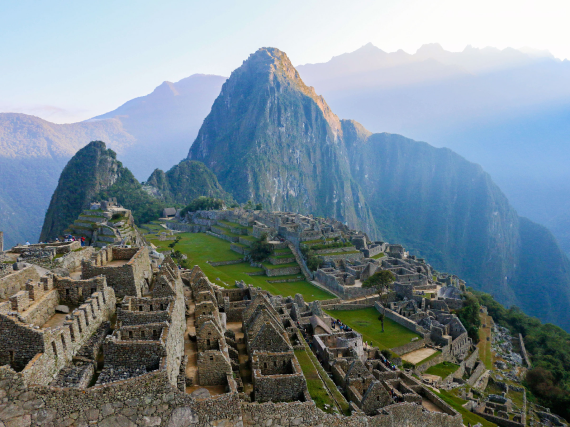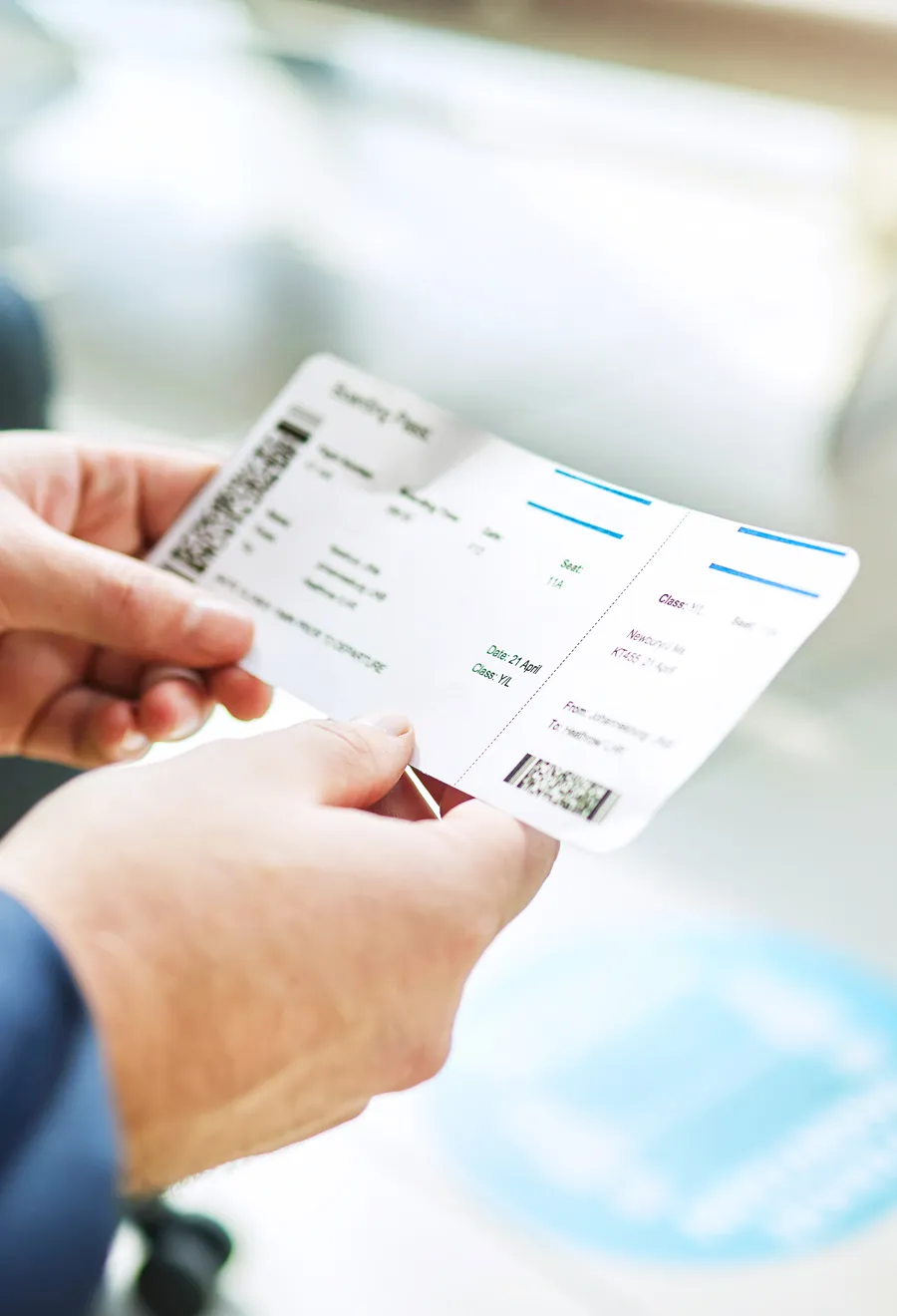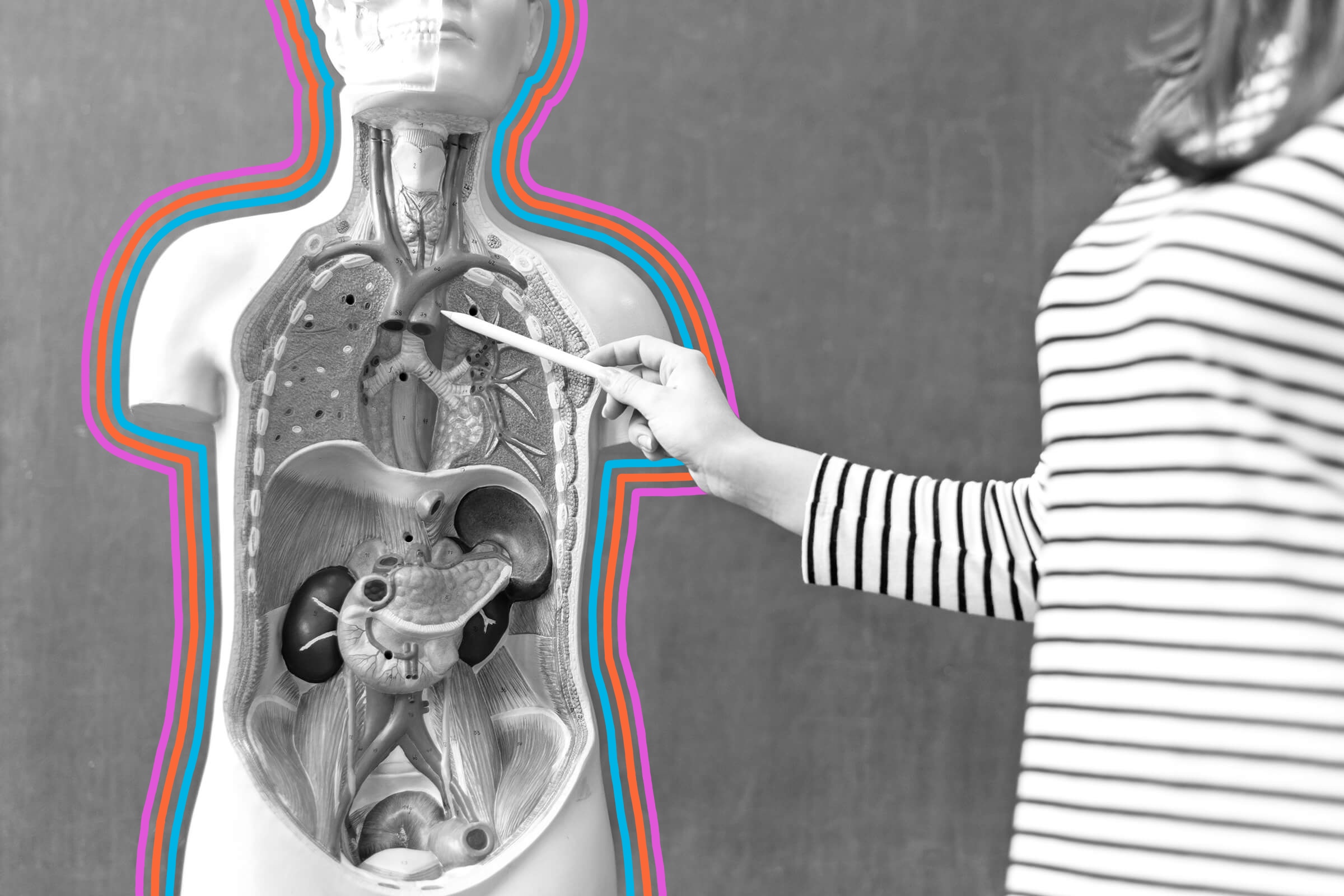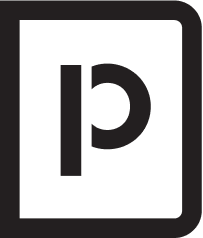The TSA’s ever-changing rules are confusing enough on their own, but things get even more complicated when you travel overseas. Airport security policies can be very different from country to country — until recently, for instance, international passengers passing through security at a U.S. airport may have been surprised by the TSA’s shoes-off policy. As we previously reported, this requirement was recently abolished, but there are some other key differences that persist. Here are five international travel rules that differ from the TSA’s rules.
The 3-1-1 Liquids Rule
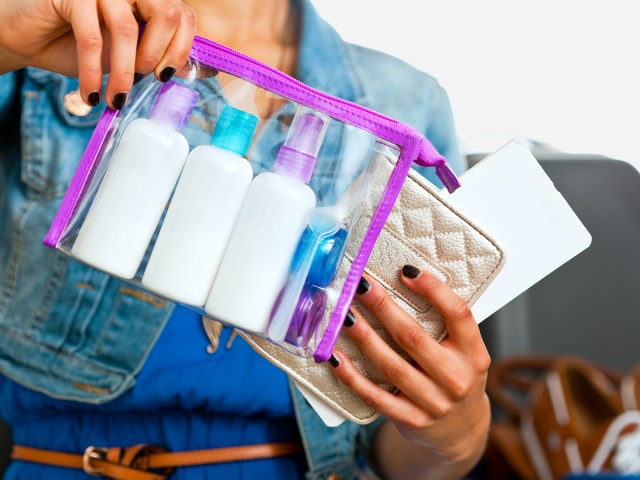
In August 2006, authorities foiled a plot to bring liquid explosives aboard a plane. Measures were introduced immediately to ensure such methods couldn’t be attempted again and have largely remained in place ever since. The TSA’s current advice states:
“Each passenger may carry liquids, gels, and aerosols in travel-size containers that are 3.4 ounces or 100 milliliters. Each passenger is limited to one quart-size bag of liquids, gels, and aerosols. Common travel items that must comply with the 3-1-1 liquids rule include toothpaste, shampoo, conditioner, mouthwash, and lotion.”
However, some European airports have recently relaxed this rule following the introduction of advanced CT scanners, which can take a 3D image of baggage contents. As a result, at airports such as Birmingham and Edinburgh in the U.K., Dublin in Ireland, and Krakow in Poland, you can now travel with a carry-on containing an unlimited number of containers that each have a capacity of up to 2 liters of liquid (equivalent to about 2.1 U.S. quarts). Note that different size restrictions imposed by individual airlines may apply, so you should be sure to check with your carrier.
The rollout hasn’t yet extended to all airports in Europe, either, so you could find that the rules for your outbound flight differ from your return journey. Nonetheless, it’s a start — and a change that many people will be pleased to see, particularly anyone who’s fallen afoul of the rules and had liquid items confiscated in the past.
Scissors
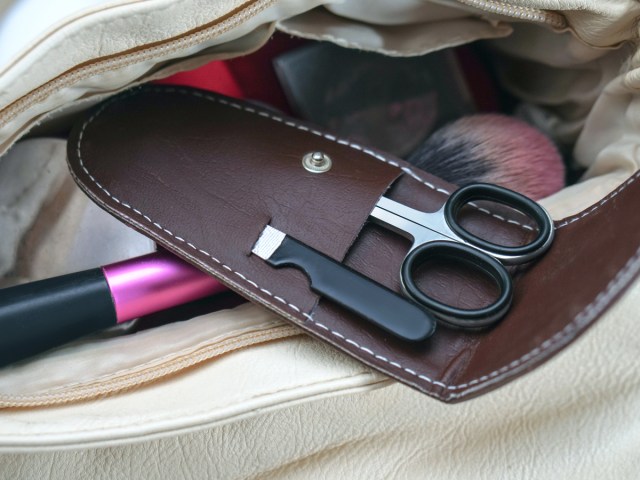
Sharp objects are also restricted on board an aircraft for safety and security reasons. For travelers hoping to carry scissors in their hand luggage, the TSA’s rules state, “If packed in carry-on, they must be less than 4 inches from the pivot point.”
However, this length differs from what’s allowed in some airports in other parts of the world. For instance, fly through or out of Amsterdam Schipol Airport and the scissors you pack in your carry-on can be no more than 6 centimeters (2.4 inches).
Power Banks
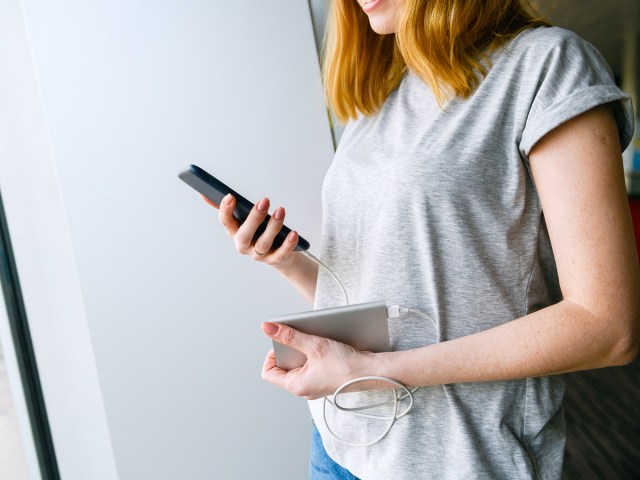
As more and more of us are traveling with portable electronic devices, it’s no wonder that many travelers look to power banks to be able to keep their cellphones and other devices fully charged during their journeys.
But power banks contain rechargeable lithium ion batteries that can combust due to thermal runaway. Following incidents where power banks have started smoking or caught fire on airplanes, various agencies and organizations have taken action to ensure onboard safety. But regulations over the size of power banks vary considerably around the world and from airline to airline. Currently, the TSA guidance states, “Portable chargers or power banks containing a lithium ion battery must be packed in carry-on bags.”
However, in some countries, the rules are far stricter. For example, in July 2025, the Civil Aviation Administration of China tightened up legislation governing their manufacture and size. Now, any passenger boarding a domestic flight in China with a power bank that doesn’t bear the code CCC will have it confiscated.
Food
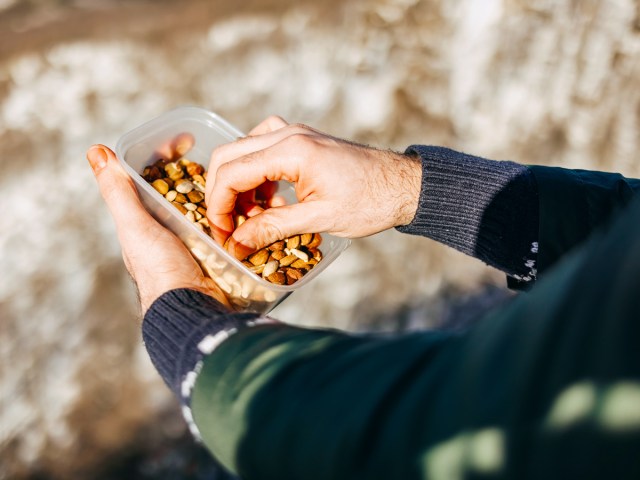
The need to protect domestic agriculture from pests and diseases unwittingly imported from abroad drives strict regulations on the transportation of food by airline passengers. However, the specifics of what you can and can’t bring into each country varies.
Take nuts, for example. The TSA permits their import (so long as the way they have been prepared falls in line with CBP guidance) but may ask that they be screened separately from other luggage. Try to do the same on arrival in Australia, though, and you may find yourself in trouble. Down Under, any nuts must be declared so that they can be inspected by an official; they also must be commercially prepared and packaged.
The SSSS Code
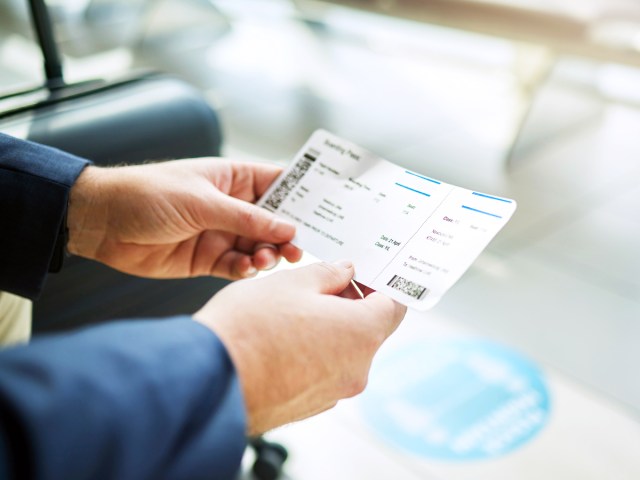
If you see the letters “SSSS” on your boarding pass, this refers to the TSA’s Secondary Security Screening Selection. While other countries may have similar programs in place, the “SSSS” code is unique to the U.S. Those passengers selected must consent to an additional inspection before they can board the plane.
If your boarding pass is marked with “SSSS,” you can expect a full pat-down and swabs taken of your hands, clothing, and carry-on bags. Any portable electronic devices you’re carrying are also potentially open to closer inspection.
The reasons why passengers are flagged vary. The TSA may require this additional search because a traveler is flying from a destination considered relatively high risk, or they may have bought their ticket at the last minute. But according to a 2023 report published by the U.S. Senate, in the majority of cases, passengers were randomly selected for secondary screening.
More from our network
Daily Passport is part of Inbox Studio, which publishes content that uplifts, informs, and inspires.

